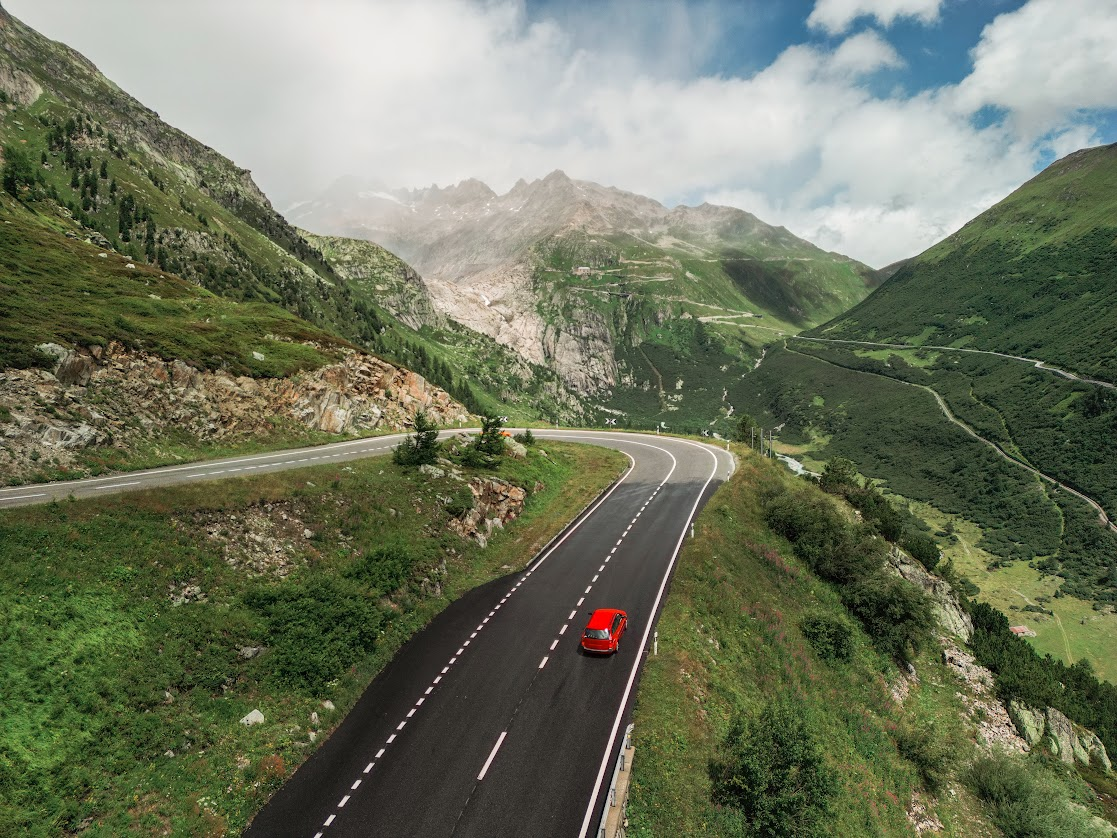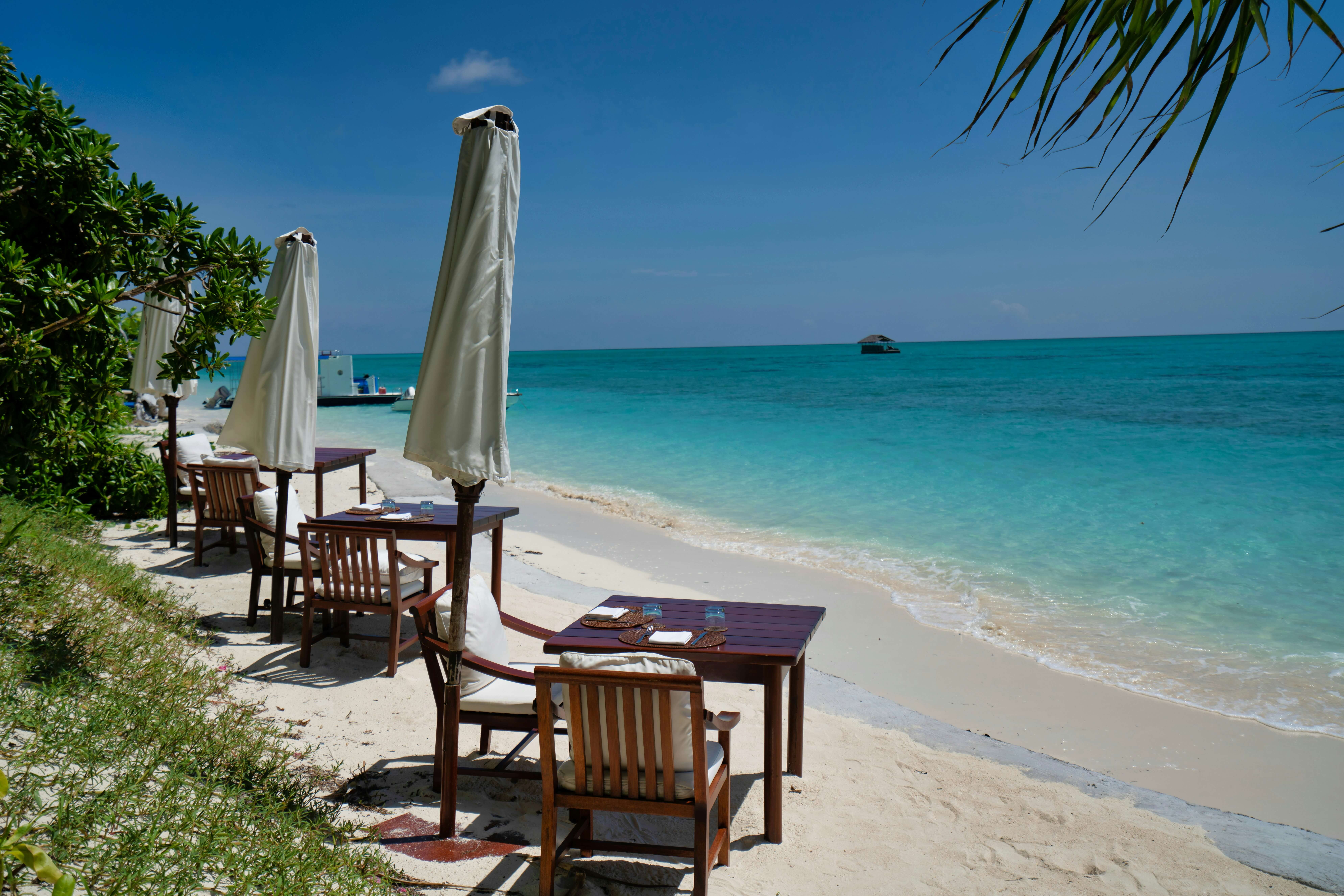The Wild Atlantic Way

The Wild Atlantic Way is the longest defined coastal route in the world which stretches from the southern splendour of County Cork along the beautifully rugged west coast to the northern heights of Donegal.
The route features 157 discovery points, over 3500 attractions and activities, and passes through scores of peaceful Irish villages, full of charm and hospitality that has become synonymous with rural Ireland. You’ll also pass through the vibrant cultural cities of Cork and Galway, each offering an endless amount of attractions and activities as well as the best cultural experiences in the country.
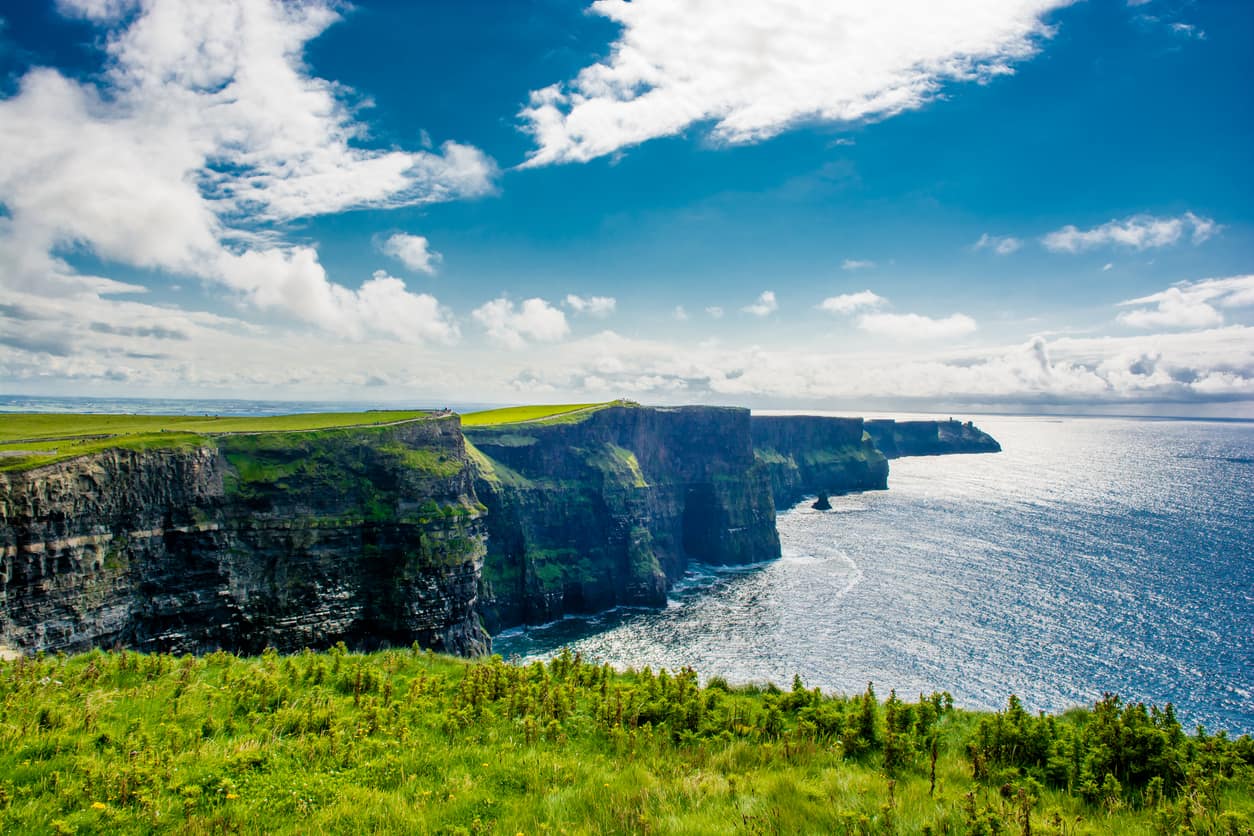
Almost two thirds (65%) drive part of the Wild Atlantic Way during their time in Ireland. Following the suggested route you’ll be taken off the beaten track along Cliffside roads, offering some of the best coastal views in the world, and onto rural areas such as Connemara. The Connemara region, found north of Galway, features an unspoilt sprawling landscape with beautiful forests, lakes, and mountain ranges as well as one of the last remaining Irish speaking communities.
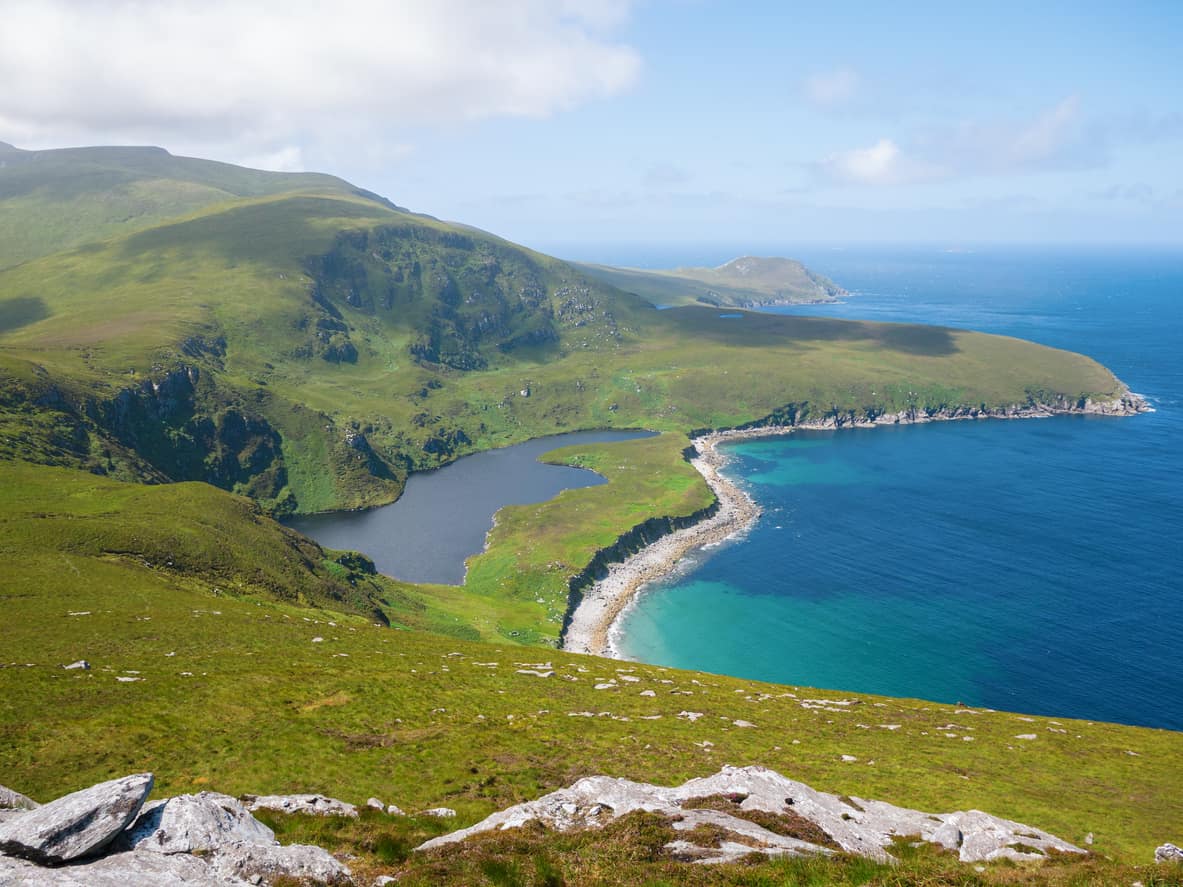
Achill Island:
Achill Island is Ireland’s largest coastal island, and is reached by a bridge completed in 2008 from Polranny. Achill is about a forty-mile drive from Castlebar. The island features one of Grace O’Malley’s Castles, the Achill Mission, Kildamhnait church and the mysterious Deserted Village. The cliffs of Croaghaun are the tallest sea cliffs in the British Isles, and the third tallest in Europe, which are most impressively viewed from the water. Slievemore mountain dominates the middle of the island and underlines the astonishing natural beauty of the surroundings, even with the extra development from the current population.
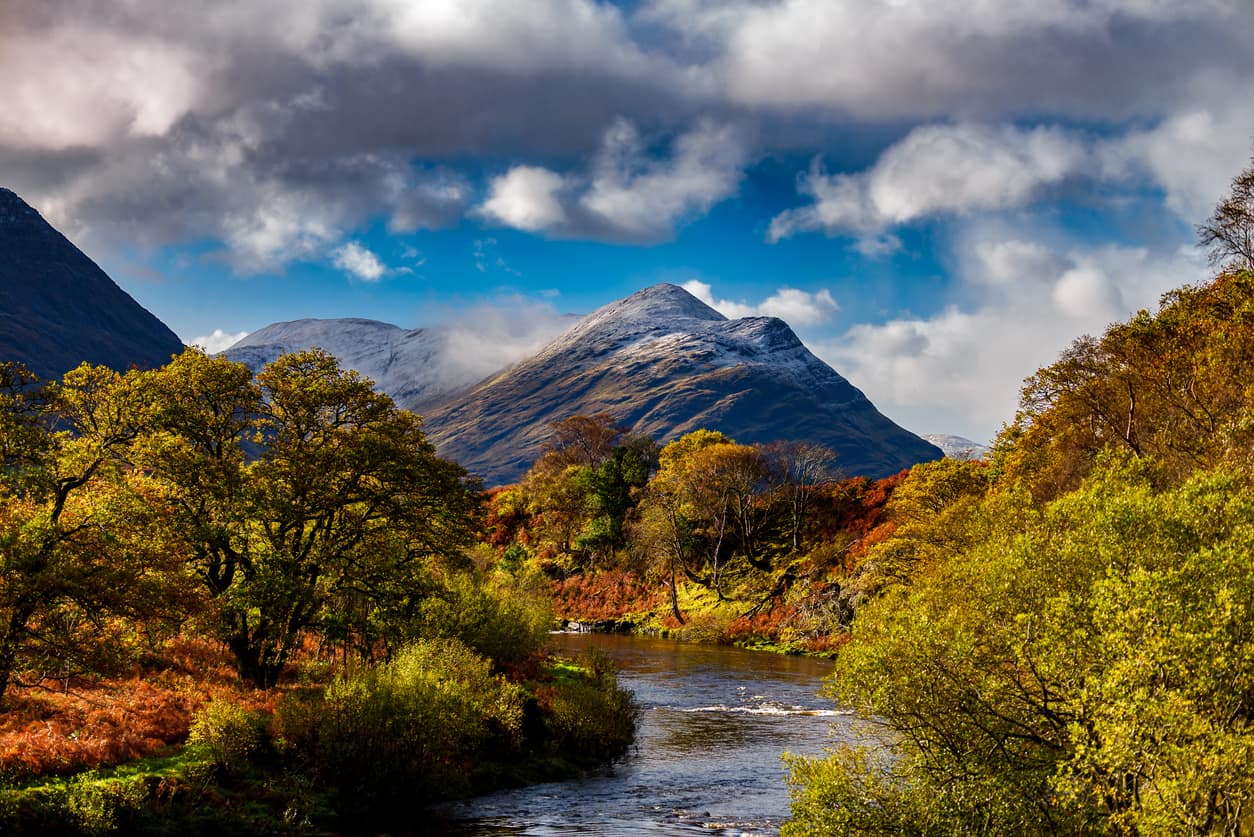
Croagh Patrick:
Croagh Patrick is a 2507 foot tall mountain twenty miles west of Castlebar and five miles from Westport, and is also an important pilgrimage site. Affectionately and locally known as the ‘Reek’, the last Sunday in July every year – called Reek Sunday – sees tens of thousands of pilgrims climb the peak as they have done for the last 1500 years. Before that, Croagh Patrick was the site of summer solstice worship from before 3000 BC, but it earned its place in Christian reverence since Saint Patrick spent forty days and forty nights fasting on the summit.
Connemara National Park:
Near the west coast of Co. Galway, about fifty miles from Galway City, by the village of Letterfrack is over 7000 acres of the beautiful Connemara National Park. Filled with interesting plants, including carnivorous sundew and butterworts trap, a wide variety of birdlife, such as merlin, sparrowhawks and peregrine falcons, the park is home to a few of Co. Galway’s tallest mountains, like Benbaun, Benbrack and Bencullgh, and the Glenn of Mór. Walking and riding trails criss-cross the park, and there is a visitors centre just south of the Letterfrack crossroads that provides parking and a tearoom, plus guided nature-walking tours.
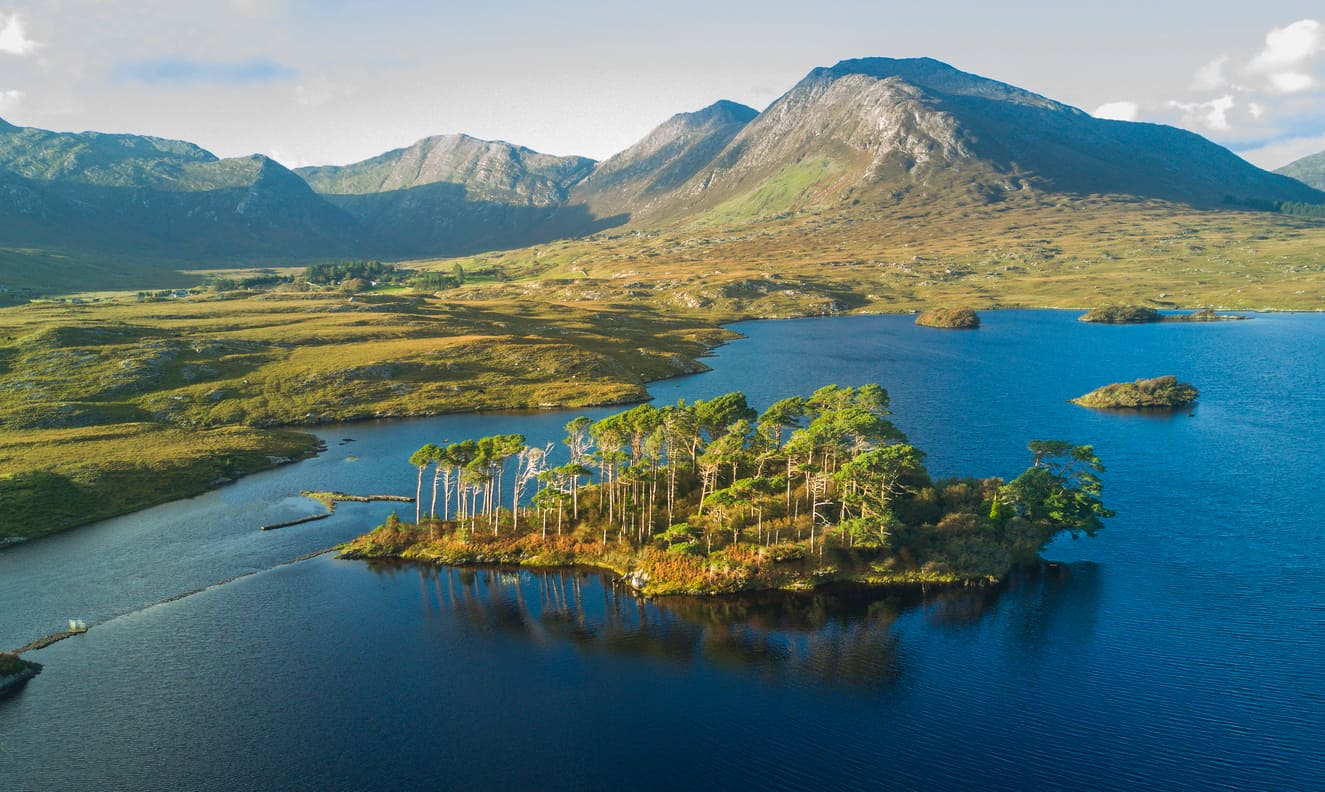
The Cliffs of Moher:
On the very edge of The Burren, under constant bombardment from the wild Atlantic seas, the mighty Cliffs of Moher stand firm. Ranging from 390 feet at Hag’s Head, right up to 702 feet at the tallest point, just north of O’Brien’s Tower. From the Tower, built in 1835, visitors can enjoy spectacular views of Galway Bay, the Aran Islands, the Maumturks mountain range and the Twelve Pins. Clare County Council take the unspoilt nature of the cliffs seriously, to the point where the Cliffs of Moher Visitor Centre has been designed to be entirely run with renewable energy and is built into the hillside to be as unobtrusive as possible.
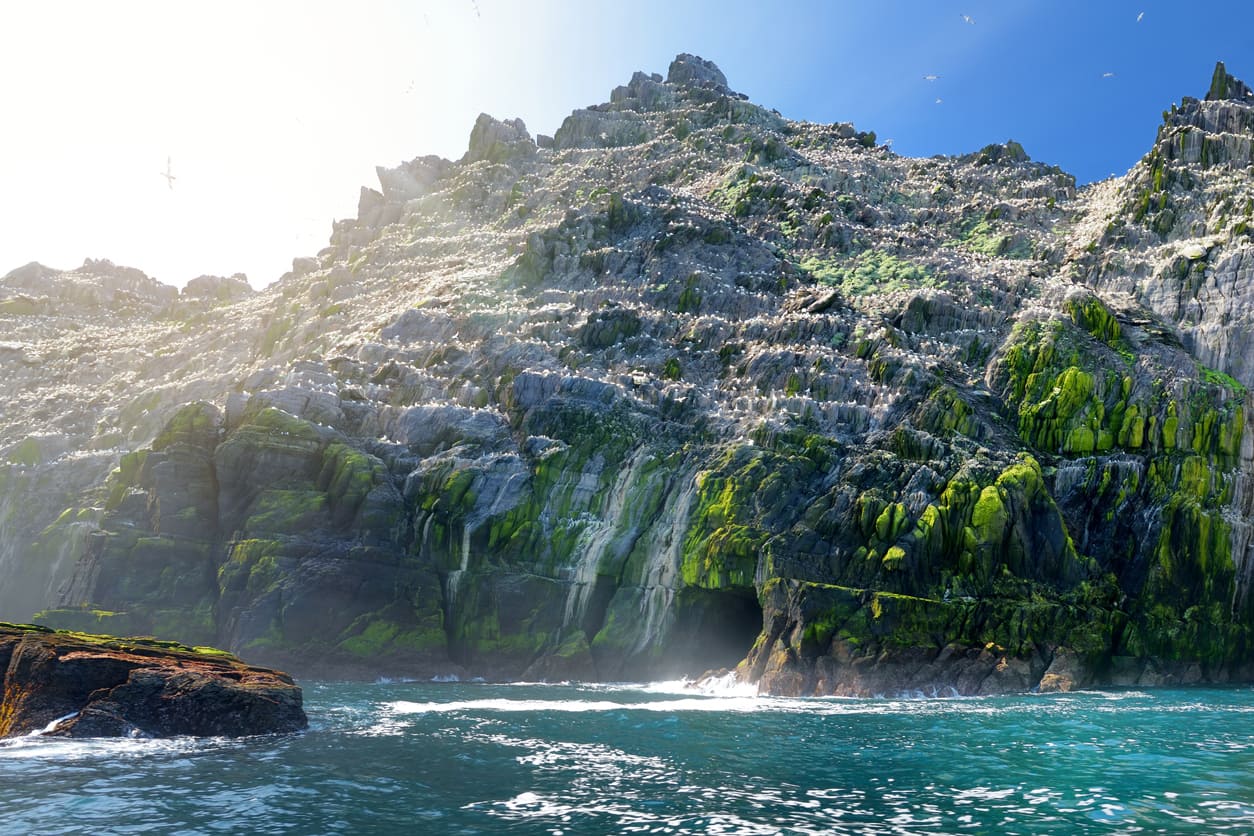
The Skelligs:
The UNESCO World Heritage Site has seen a significant jump in visitor numbers following its appearance in the current Star Wars trilogy. Named for the Archangel Michael, Skellig Michael, appears as an unforgiving rock rising seven hundred feet out of the sea. It is amazing to think that there was a settlement and a Christian monastery here from around the sixth century until well into the next millennium. The monastery still sits four hundred feet up in the rocks, reached only by six hundred individual steps cut directly into the cliff face. Amongst the monastery’s remains can be found the monks’ beehives, vegetable garden and cistern. In 1820, two lighthouses were also built on the island.

